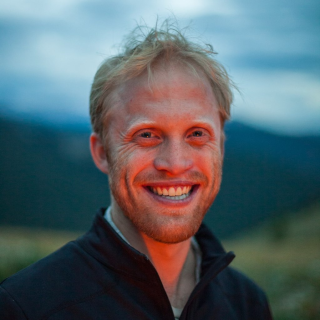Land Surveying
Learning Goals
Notes (with questions)
Surveying notes PDF with annotations from the video read-through. IMPORTANT: I created this walk-through before correcting Equation 3 (+ to -) and the following reference to table ~3~2, as well as before defining “standard deviation” as σ. Please use this as it helps, but refer to the above unannotated notes as the more definitive version.
Videos
Lecture notes run-through by Wickert:
See comment above: my work through these notes is still valid, but the notes themselves are deprecated in a couple small but oh-so-critical spots for completing the problem set.
Other useful videos for further learning
Surveying webinar from 2017
Leveling an instrument
Leveling surveying equipment can be hard, especially if you are new to it! This is a good quick beginner’s guide.
Introduction to RTK GNSS
This technology is one that many of you may end up using professionally.
Problem Set (Deliverable)
Perform the following exercises from the notes:
Pacing (10 points)
Complete the “pacing” exercise and calculate your pace (Section 2.2).
Hand in:
- Table of pacing tests
- A map of where you paced (an annotated screenshot will suffice)
- Your average pace length.
Leveling (25 points)
- (10 pts) Compute the solution for the leveling survey in Section 4.1 of the notes.
- (15 pts) Compute the error propagation in Section 4.2 of the notes (See Canvas announcement for corrections to Equation 2 and the text for this section. Use data from Table 2, not Table 3.). Answer both questions (1) (10 points) and (2) (5 points) from the end of this section
Cross-section (10 points)
Plot a full cross-sectional profile across the hypothetical section of river valley (Section 5 of the notes), incluidng the channel bottom, floodplain, and water surface. You may find it useful to use a spreadsheet or a computer-programming-based method of plotting to generate this cross section, though we will of course accept solutions performed by hand on graph paper (and submitted electronically).

This work is licensed under a Creative Commons Attribution-ShareAlike 4.0 International License.
